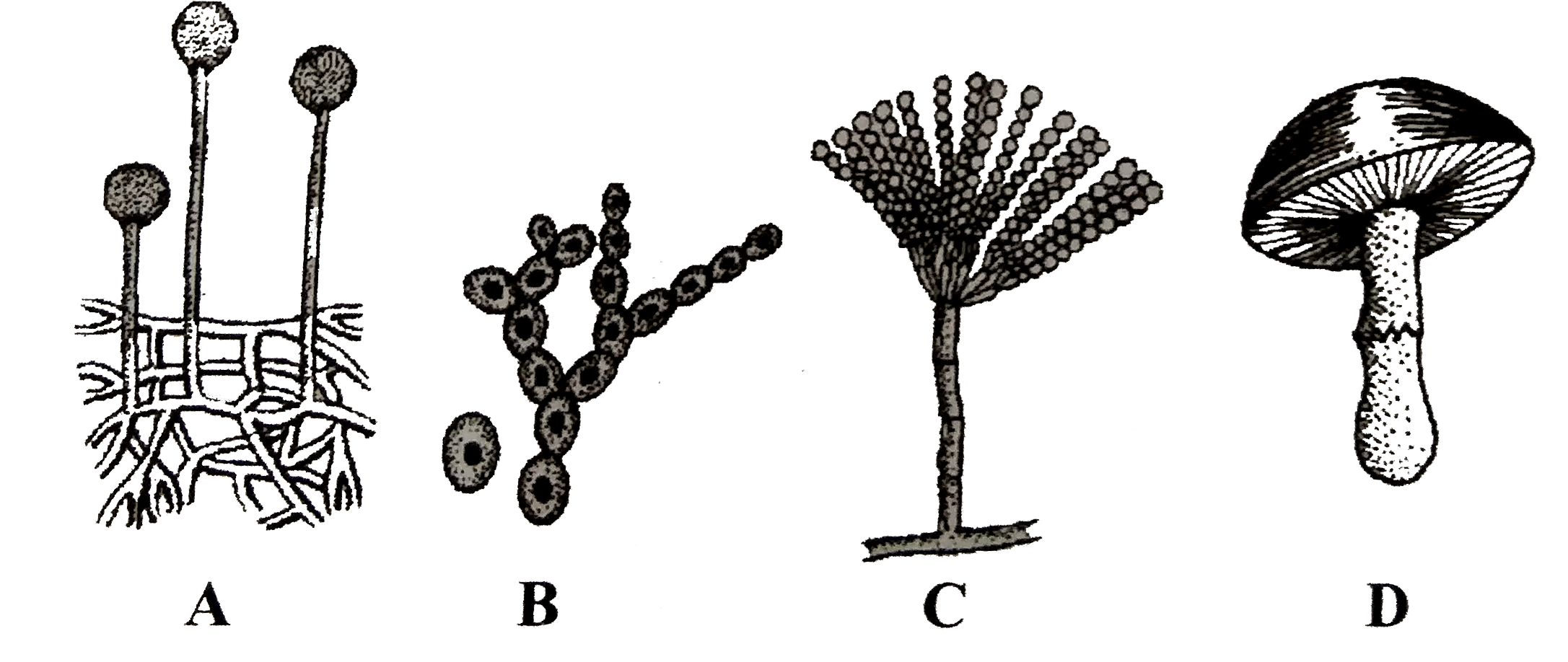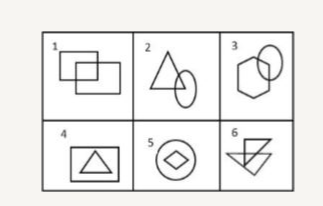Select the option that groups rocks of two different kinds as shown in the box.
Conglomerate :: Obsidian
Slate :: Sandstone
Gneiss :: Shale
Limestone :: Granite
Slate :: Pumice
The correct Answer is:C
To solve the question, we need to identify rocks that are categorized similarly to the given pair: Conglomerate and Obsidian.
1. Identify the Types of Rocks:
- Conglomerate is a sedimentary rock.
- Obsidian is an igneous rock.
2. Look for a Pair of Rocks:
- We need to find another pair of rocks where the first rock is sedimentary and the second rock is igneous.
3. Evaluate the Options:
- Check the options provided for pairs of rocks.
- Identify which option has a sedimentary rock followed by an igneous rock.
4. Identify the Correct Pair:
- If one of the options includes Limestone (sedimentary) and Granite (igneous), that would be the correct answer.
- Other options like Sandstone and Slate (both sedimentary), or Shale and Gneiss (both metamorphic) do not fit the criteria.
5. Conclusion:
- The correct option is the one that pairs a sedimentary rock with an igneous rock, specifically Limestone and Granite.
Final Answer:
The option that groups rocks of two different kinds as shown in the box is Limestone (sedimentary) :: Granite (igneous).
---
- Conglomerate is a sedimentary rock.
- Obsidian is an igneous rock.
- We need to find another pair of rocks where the first rock is sedimentary and the second rock is igneous.
- Check the options provided for pairs of rocks.
- Identify which option has a sedimentary rock followed by an igneous rock.
- If one of the options includes Limestone (sedimentary) and Granite (igneous), that would be the correct answer.
- Other options like Sandstone and Slate (both sedimentary), or Shale and Gneiss (both metamorphic) do not fit the criteria.
- The correct option is the one that pairs a sedimentary rock with an igneous rock, specifically Limestone and Granite.
The option that groups rocks of two different kinds as shown in the box is Limestone (sedimentary) :: Granite (igneous).
Topper's Solved these Questions
- NSO QUESTION PAPER 2017-18 SET ABOOK - SCIENCE OLYMPIAD FOUNDATION CHAPTER - NSO QUESTION PAPER 2017-18 SET AEXERCISE - ACHIEVERS SECTION
1 Videos
- NSO MODEL TEST PAPER 02BOOK - SCIENCE OLYMPIAD FOUNDATION CHAPTER - NSO MODEL TEST PAPER 02EXERCISE - ACHIEVERS SECTION
2 Videos
- NSO QUESTION PAPER 2017-18 SET BBOOK - SCIENCE OLYMPIAD FOUNDATION CHAPTER - NSO QUESTION PAPER 2017-18 SET BEXERCISE - ACHIEVERS SECTION
2 Videos
Similar Questions
Knowledge Check
Select the 'educable group based on different level of IQ
Aa.70 to 70Bb.30 to 50Cc.50 to 70Dd.Below 50Select the option that correctly identifies the different genera (A,B,C and D) of kingdom Fungi shown in figure.
 AABCDMucorSaccharomycesMorchellaAmanitaBABCDMucorSaccharomycesAspergillusMorchellaCABCDRhizopusSaccharomycesAspergiliusMorchellaDABCDAspergillusRhizopusPeniciliumAgaricus
AABCDMucorSaccharomycesMorchellaAmanitaBABCDMucorSaccharomycesAspergillusMorchellaCABCDRhizopusSaccharomycesAspergiliusMorchellaDABCDAspergillusRhizopusPeniciliumAgaricusChoose correct option w.r.t. features of different plant groups
AGroupEmbryoGametesAsexual spore(1)BryophytesPresentHomogameteAbsentBGroupEmbryoGametesAsexual spore(2)PteridophytesPresentHomogametepresentCGroupEmbryoGametesAsexual spore(3)UlothrixAbsentHomogametepresentDGroupEmbryoGametesAsexual spore(4)GymnospermsAbsentHomogametepresent
Service sector in India employs two different kinds of people. Who are these?
View SolutionName two different kinds of plastics and their properties with examples.
View SolutionQuestion Stimulus :-
Select the option that is true about the Statements and Conclusions given :
Statements :
Some bags are boxes.
All boxes are tables.
Conclusions :
(i) Some bags are tables.
(ii) All boxes are tables.
View SolutionSelect the option that is related to third letter group in the same way as the second letter group is related to the first letter group.
CEGI : AGEK :: DFHJ : ?
1) CHFI
2) CGIK
3) BDJK
4) BHFL
View SolutionAssertion :- Buttercup produces two different kind of leaves within the same plant body.
Reason:- Plants follow different pathways in response to environment or phases of life to form different kinds of structures, due to plasticity.
View Solution

